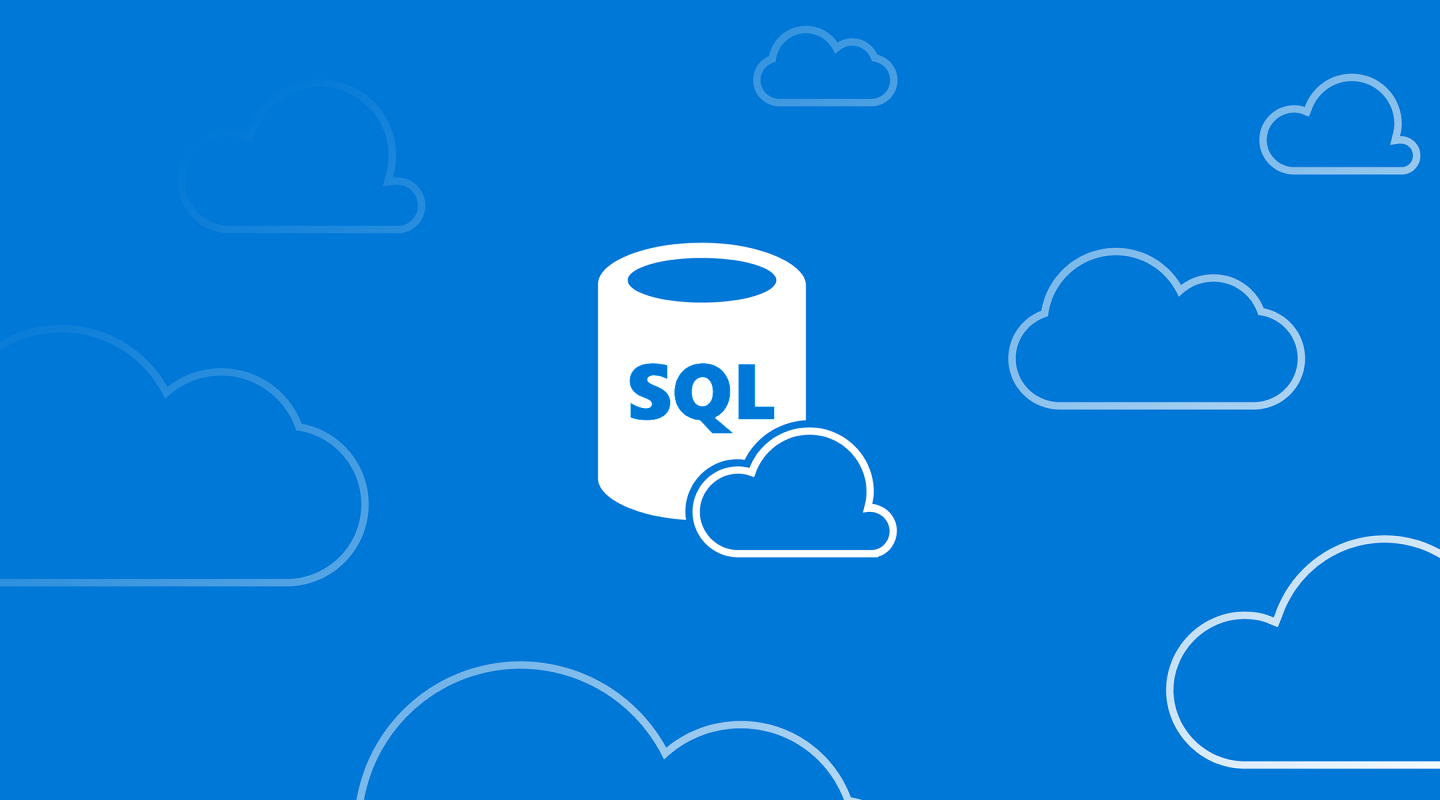Osquery is an open-source security compliance agent. It uses SQL to leverage a relational data model to describe a device. It’s great at providing all the contextual OS-related information you need in a simple, visually appealing form. Osequery is an all-time favorite compliance tool that is pleasant to use and great for security hardening.






